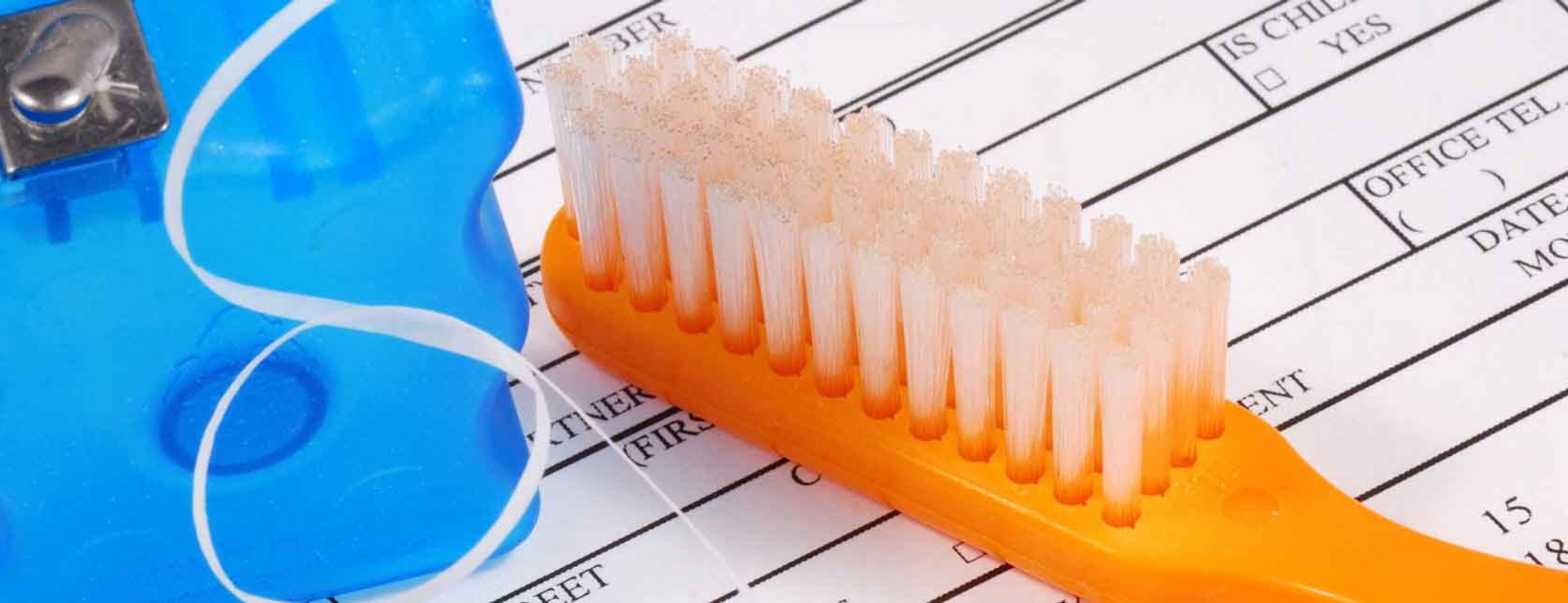Dental insurance typically covers four types of care with a 100/80/50 plan payment structure:
| Service | Typical Payment |
| Preventive – cleanings and check-ups; fluoride treatments for children | 100% |
| Diagnostic* – bitewing x-rays (every 6 months) full-mouth x-rays (every 3 years) | 100%* |
| Basic – fillings, extractions | 80% |
| Major – root canals, crowns and bridges | 50% |
* Under some plans, diagnostic services are paid at 80% and subject to a waiting period
Services not typically covered by dental plans include, but are not limited to, cosmetic procedures, orthodontics, implants, dentures, oral care related to a medical condition, prescription medication and analgesia pre-medication. Your plan also will not cover expenses in excess of the plan’s annual maximum benefit.
Remember, you must read any policy you’re considering carefully to understand what is covered and what is excluded. And often, waiting periods apply for procedures that aren’t considered preventive care. The above lists are only examples.
Call (888) 855-6837 for more details about available plan options. Or learn more about the costs of common dental procedures and decide if dental insurance could be helpful for you.
What does dental insurance cover? Dental insurance typically covers four types of care with a 100/80/50 plan payment structure:
Services not typically covered by dental plans include, but are not limited to, cosmetic procedures, orthodontics, implants, dentures, oral care related to a medical condition, prescription medication and analgesia pre-medication. Your plan also will not cover expenses in excess of the plan’s annual maximum benefit.
Remember, you must read any policy you’re considering carefully to understand what is covered and what is excluded. And often, waiting periods apply for procedures that aren’t considered preventive care. The above lists are only examples.
Call 888-855-6837 for more details about available plan options. Or learn more about the costs of common dental procedures and decide if dental insurance could be helpful for you.
















